The TOP 15 Things To Do in Temples Of Angkor Wat, Cambodia
Angkor Wat stands on top of the all Khmer masterpieces – an awe-inspiring temple that is magnificent for both its grand scale and its incredible details of bas reliefs.
A visit to Cambodia’s World Heritage Temples of Angkor complex, and aside from the massive numbers sights and things to do, is understandably high on the list for anyone visiting Cambodia. Get to know a little about the history, meaning and features of its most renowned and iconic temple, Angkor Wat, then start planning that once-in-a-lifetime trip.
Prepare for divine inspiration! The temples of Angkor, capital of Cambodia’s ancient Khmer empire, are the perfect fusion of creative ambition and spiritual devotion. The Cambodian god-kings of old each strove to better their ancestors in size, scale and symmetry, culminating in the world’s largest religious building – Angkor Wat.
Ascend to the realm of the gods, Angkor Wat. Descend into the hell of the Khmer Rouge at Tuol Sleng. Thanks to a history both inspiring and depressing, Cambodia delivers an intoxicating present for adventurous visitors. Book Cambodia Tours 2025
What is Angkor Wat?
The celebrated temples of Angkor are Cambodia’s greatest things to do and on top of all tourist attraction. The 100 or so temples were to glorify a succession of Khmer kings. Most of Angkor was abandoned in the 15th century and the temples became cloaked by lush forest. The site became the source of scholarly interest in the late19th century after the publication of Voyage à Siam et dans le Cambodge by French naturalist Henri Mouhot.
15 Best Things to Do in Angkor Wat Temples, Cambodia
Visiting Angkor Temples? Here is top 15 things to do – Plan where to visit at Angkor Wat with this guide. It is easy to spend as long as a week at to explore jungle covered temples and other attractions at Angkor complex, seeing the temples at a leisurely pace, returning to the principal attractions several times to see them at sunset or sunrise, and taking in newly emerging sites further afield. Lot’s of things to do…
However, many travelers feel that 3 or 4 days is the optimum length of time to see all the attractions in and around the Angkor Wat. This is just about long enough to fit in all the highlights of the area, but even with only two days at your disposal you can pack in a lot.
Angkor Wat

The Bayon – Temple Of Smiling Faces
Bayon temple epitomises the creative genius and inflated ego of Cambodia’s legendary king, Jayavarman VII. It’s a place of stooped corridors, precipitous flights of stairs and, best of all, a collection of 54 gothic towers decorated with 216 coldly smiling, enormous faces of Avalokiteshvara that bear more than a passing resemblance to the great king himself.
Photographers suggest the best time of the day to visit Bayon – The eastward orientation leads tourists to visit early in the morning, preferably just after sunrise, when the sun goes upwards, lighting face after face. Bayon, however, looks equally good in the late afternoon, and if you stay for the sunset you get the same effect as at sunrise.

The Rose Pink Temple Of Banteay Srei
Beyond an ordinary tourist attraction – Banteay Srei is considered by many to be the jewel in the crown of Angkorian art. A Hindu temple dedicated to Shiva, the whole site cut from stone of a pinkish hue and includes some of the finest stone carving seen anywhere on earth. Of all the attractions and activities in Angkor couples, Banteai Srei is one of the smallest sites but what it lacks in size it makes up for in stature. It is wonderfully well preserved and many of its carvings are three-dimensional.
The Banteay Srei is 21km northeast of Bayon & 32km from Siem Reap that should take about one hour. On a day tour, combine a visit to Banteay Srei with a trip to the River of a Thousand Lingas at Kbal Spean and Beng Mealea, or to Banteay Samré and Phnom Bok.
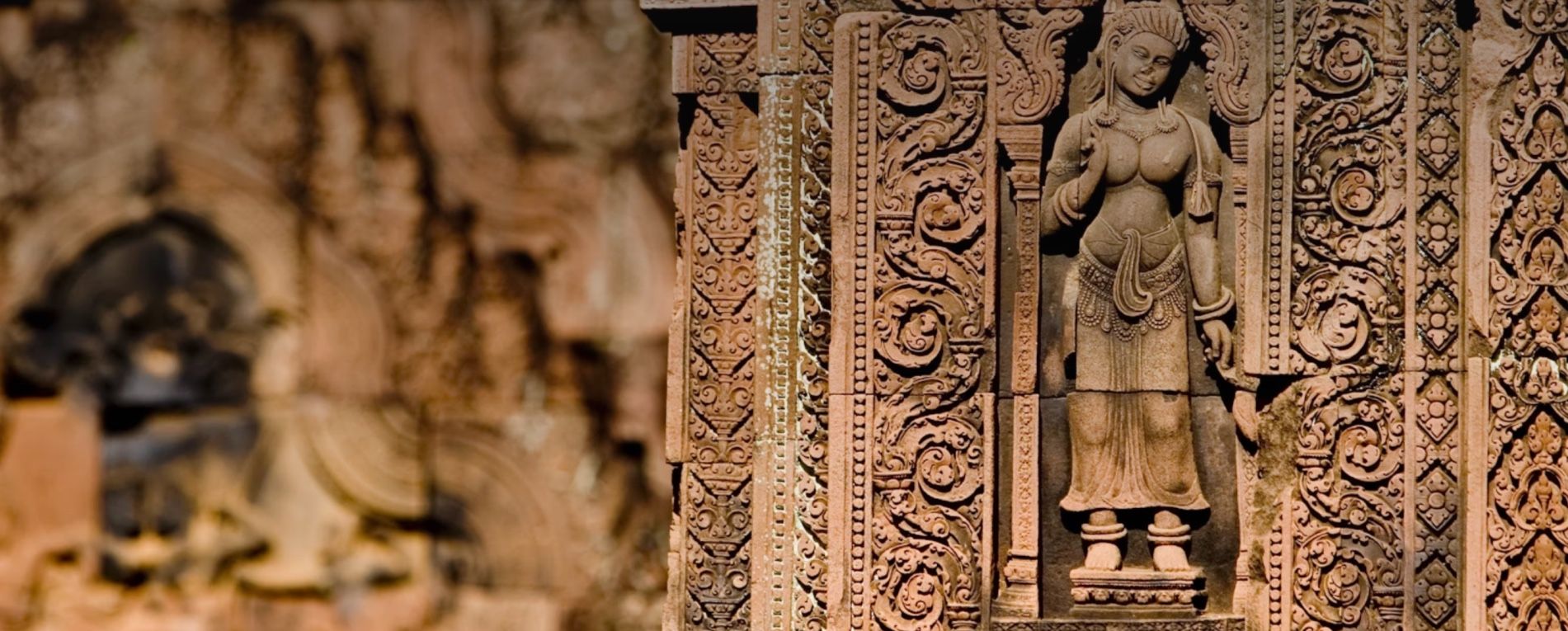
The Mysterious Prasat Beng Mealea Temple
The 12th century Beng Mealea is one of the most dazzling of all the Khmer Empire temples. The ancient site is about 65km from the center of Siem Reap. Although it was built as a Hindu temple, Buddhist symbols can also be found. The temple is mainly built of sandstone and has been left largely in its original state, with some of the buildings overgrown.

The Angkor Thom Temple
The fortified city of Angkor Thom is on an epic scale, some 10 sq km in size. It was built by Angkor’s greatest king, Jayavarman VII (r 1181-1219), who came to power following the disastrous sacking of the previous Khmer capital by the Chams. At its height, it may have supported a population of one million people in the surrounding region.

Preah Khan temple
Preah Khan was built on the site of an important military victory and its outer perimeter is guarded by 72 stone garudas (winged mythological creatures depicted throughout Southeast Asia).

Terraces Of The Elephants
Terrace of the Elephants – one of the highlights & a top peak things to do once in Angkor temple complex.
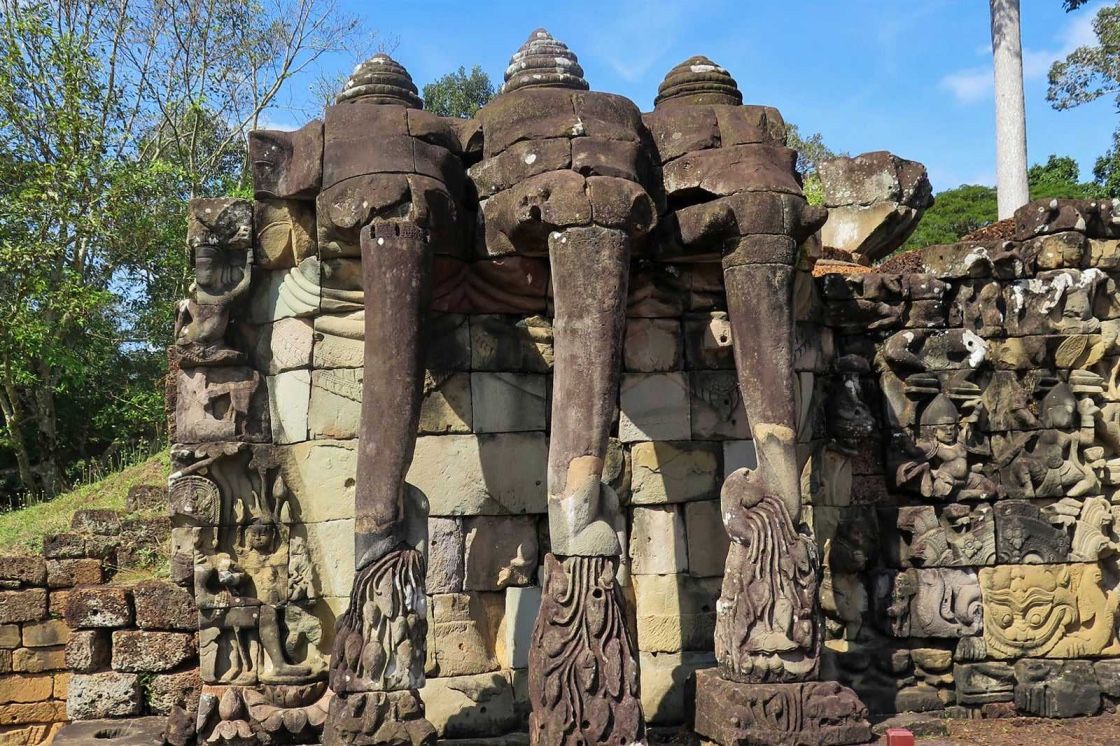
Phnom Bakheng – Tomb Raider Filming Location
Around 400m south of Angkor Thom, the main attraction of Phnom Bakheng is the sunset view of Angkor Wat. Unfortunately, the whole affair has turned into something of a circus, with crowds of tourists ascending the slopes of the hill and jockeying for space once on top. Coming down can be even worse as there is nothing at all in the way of lighting. Still, the sunset over the Western Baray is very impressive from the hill.
Phnom Bakheng (Bakheng Hill) – Best for the sunset view – Highest Temple in Angkor and Tomb Raider Filming Location.
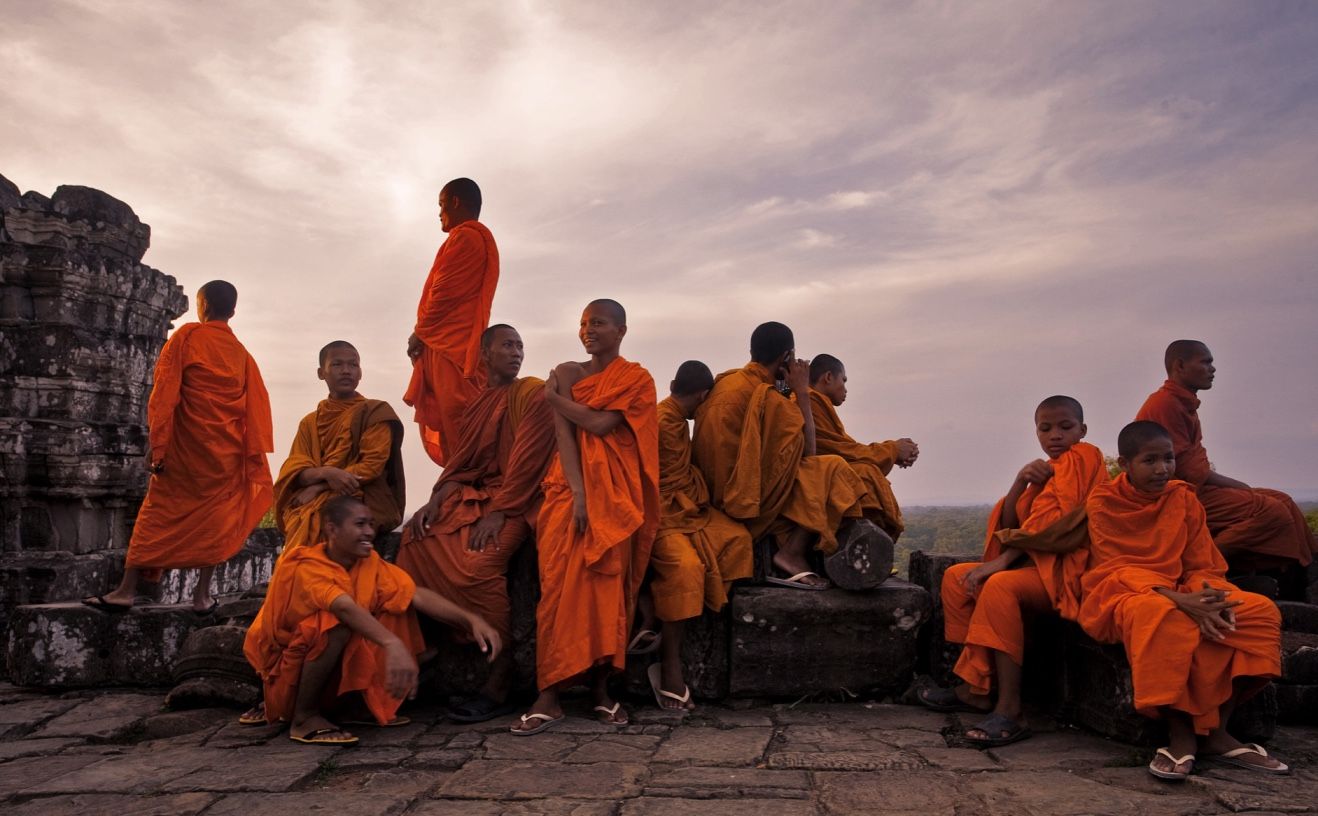
Ta Prohm Temple – Tomb Raider Filming Location in Angkor
The temple of Ta Prohm is also known as the Tomb Rider where Angelina Jolie was acting there back in 2001.
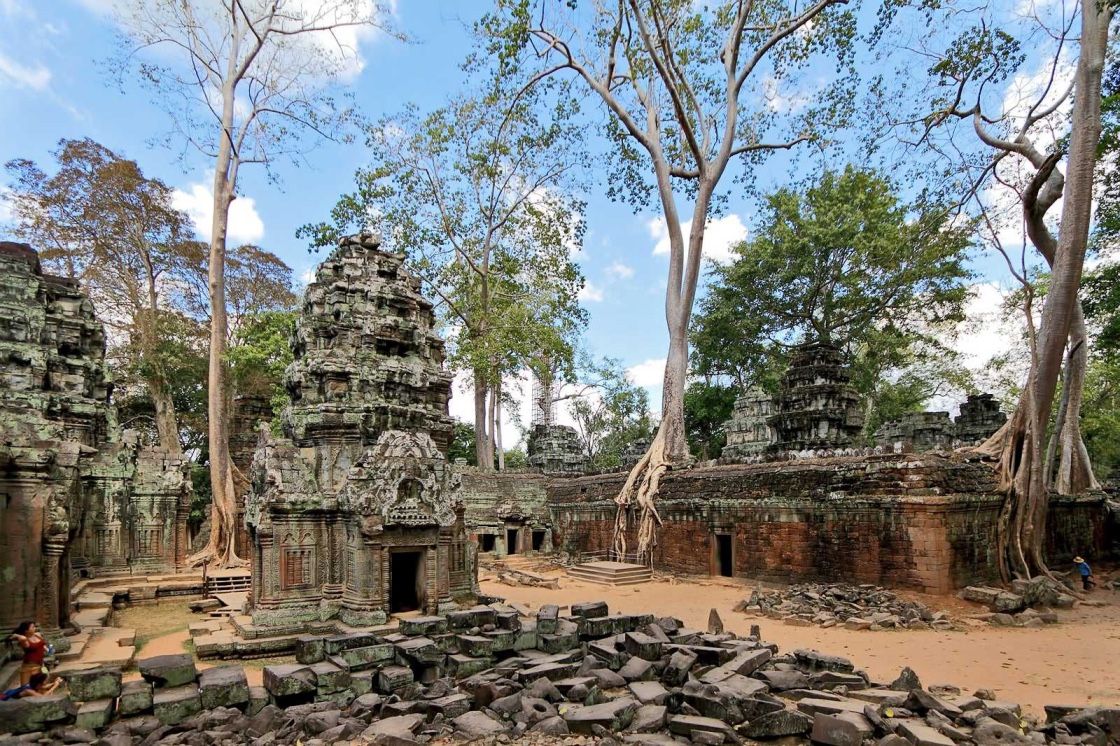
Ta Som Temple
Another beautiful yet most photogenic attraction in Angkor complex, is the temple of the Prasat Ta Som, the location is toward the east of Preah Neak Pean, this 12th century attractive Buddhist temples was built by the order of Jayavarman VII. There has been a massive restoration over the last decades to tae the temple back to its good state yet the most impressive feature at Ta Som is the huge tree completely overwhelming the eastern side, providing one of the most popular Instagram photo opportunities in the Angkor area.
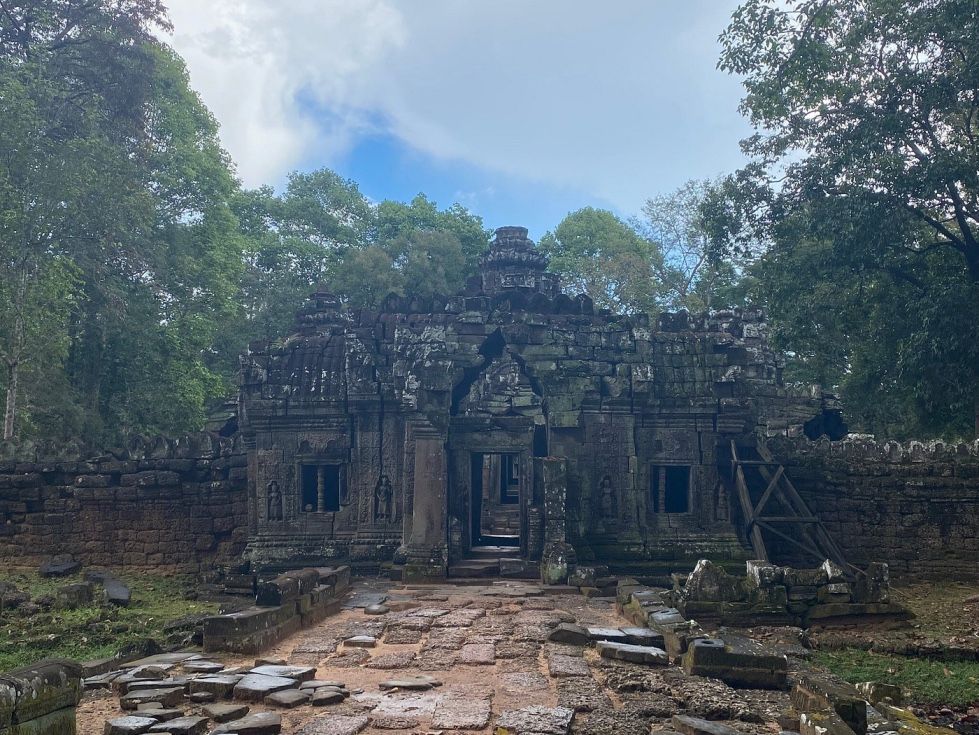
Terrace of the Leper King
The Terrace of the Leper King, is another worthy of all temples to visit. Located on the nortehrn side of the nearby Terrace of Elephants, the site is a 7m-high iwan shaped with a bare looked statue on its top. It is another of Angkor’s best attraction, the mysteries. The original of the statue is in Phnom Penh’s National Museum, there have been countless stories about the meaning of the temple and the stories behind it, however, scholars believed the two of the Angkor kings had leprosy, and the statue may represent one of them.
Top thing to do and Attractions near Terrace of the Leper Kin including Terrace of the Elephants, Phimeanakas and the Baphuon
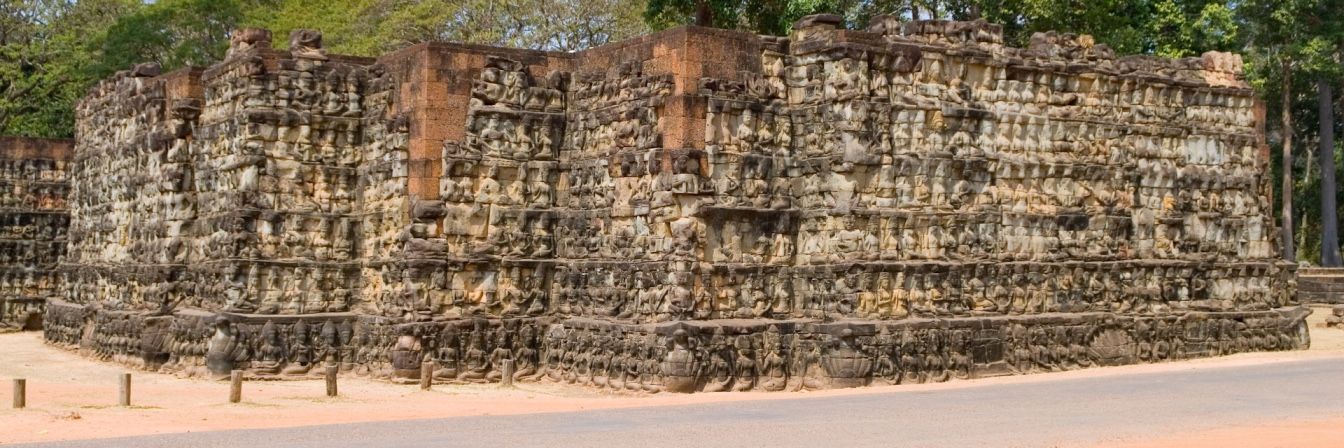
Pre Rup Angkor – Pyramid temple dedicated to Shiva

Roluos Group of Temples
The Roluos Group Temples belong to attractions and things to do located just outside of Siem Reap city – The site is home to group of four temples including Bakong, Preah Ko, Lolei, and Prasat Prei Monti. They date back to the 9th century when this area was known as Hariharalaya, making them significantly older.

Phnom Kulen National Park

Tonle Sap Lake & Floating Villages
Visitors can embark on boat trips across some of the lake’s 4,000 square miles in both rainy and dry seasons, but travelers agree that the floating houses that make a trip to Tonlé Sap so unique are less spectacular when water levels are at their lowest.

Angkor Wat Itineraries & Trip Ideas
There are just about anywhere in Siem Reap with offers on all sort of tours visiting the temples of Angkor. From de-facto guides with Tuk Tuk to the national escorted tourist leaders. There are wide range of itineraries from 1 day to 1 week. Following are the 3 different suggestion & Itineraries for your Angkor Wat trip.
Angkor Wat in One Day - For First Timers
Angkor Wat and The Royal Temples Full-Day Tour from Siem Reap For First Timers. Be mesmerized by Angkor Wat and other magnificent remains of the Khmer Empire . Beginning at the south gate of Angkor Thom City, you’ll explore the Bayon before continuing to Baphuon.
Morning visit
Afternoon visit
Angkor Sunsets
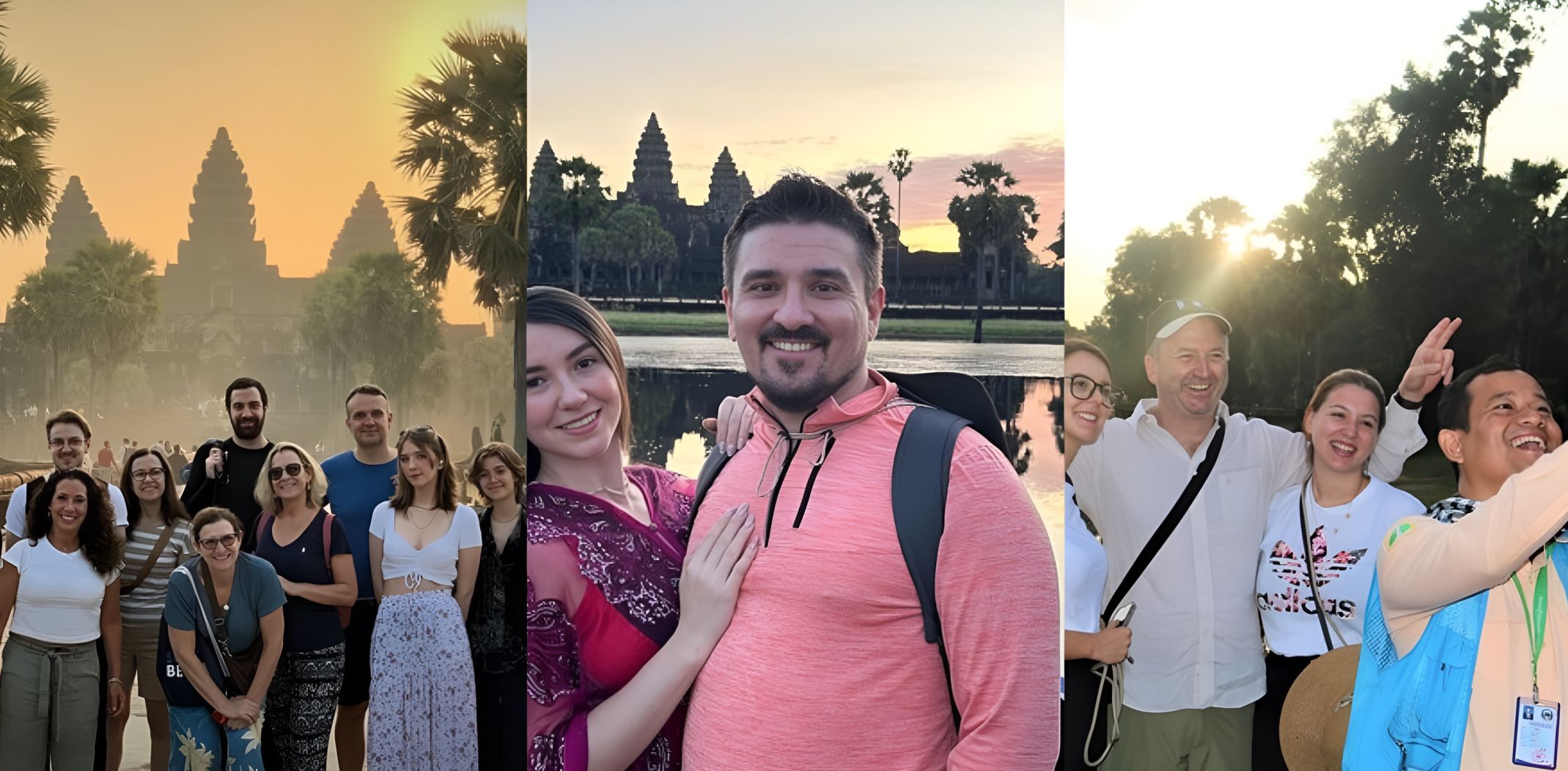
2 Days in Angkor Wat for First Timers
2 Day Siem Reap Tour: Angkor Wat, Ta Prohm, Bayon and Tonle Sap.
See Angkor Wat Sunrise
Afternoon visit
Jungle trek & countrysides
Afternoon visit
Enjoy sunset at the picturesque reservoir Sras Srang, where during the dry season the remains of a temple in its center can be seen!
3 Days in Angkor Wat for First Timers
For the 3 days Angkor Wat itinerary and the activities, we do recommend a mix of one and two days itineraries, plus following for the third day. All this can be pre-arranged as a tour, or do it on your own.
Tour morning markets in Siem Reap, then, hop on a remork (The Remork-Motor is a popular transportation in Angkor Siem Reap, Cambodia) for a journey to Tonle Sap, one of the world’s most productive bodies of fresh water, which flows through the Mekong during Cambodia’s dry season and forms a large lake during its monsoons.
Board a local boat at the riverbank for an approximate 30-minute ride to Kompong Phluk, the largest floating village on the lake, where you’ll spend the rest of the afternoon. Here, observe the fascinating daily activities of the Cambodian villagers who reside along the shore, gaining a better sense of how their lives are shaped by the water’s rhythms.
Things to do in the afternoon of day 3
After lunch, hop back on a Remork and drive back to Siem Reap on a back roads, a good way to see more countryside, rice addies and villagers working on the farm. Spend the evening enjoy pub street or take a relaxing Khmer Massage in Siem Reap
FAQ: All About Angkor Wat for first-timers
Best time to visit
Cambodia’s climate is governed by two monsoons and the best time to visit Angkor wat is from Mid-October to April.
Getting around Siem Reap & Angkor
What is Angkor Wat known for?
How many days do I need to visit temples?
What To Wear: The dress code while visiting Angkor Wat
Is Angkor Wat one of the 7 Wonders?
What type of attraction is Angkor Wat
What is there to do at Angkor Wat for kids?
General Questions About Temples Of Angkor Wat
What are the top things to do in Angkor Wat?
The top things to do in Angkor Wat are:
Phnom Kulen National Park
Tonlé Sap
Beng Mealea
Angkor Wat & the sunset or sunrise
Bayon – the smiling faces
What are the top activities in Angkor Wat?
Top activities in Angkor Wat include:
Kulen National Park Ticket
Phnom Kulen Waterfall 1000 Linga National Park Tour
3 Days Tour(Small Circuit+Grand Circuit & Banteay Srei+Beng Mealea & Koh Ker)
Private Kulen 1000 Shiva Lingas waterfall
Countryside visits from Siem Reap
Tour Kulen 1000 Shiva Lingas waterfall Private Tour




